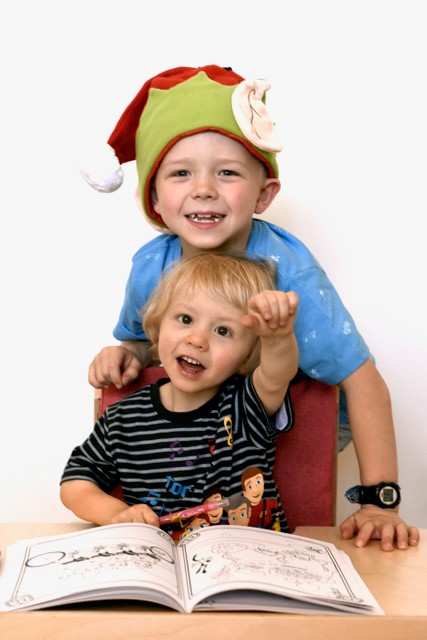 At Ricky Richards, giving back to the community is more than just a value—it’s a top priority. We love helping people in need, and our long-standing partnership with Sydney Children’s Hospitals Foundation (SCHF) is a testament to that commitment.
At Ricky Richards, giving back to the community is more than just a value—it’s a top priority. We love helping people in need, and our long-standing partnership with Sydney Children’s Hospitals Foundation (SCHF) is a testament to that commitment.
SCHF is one of the largest and most trusted children’s health charities in Australia, providing essential support to children whenever and wherever they need it most. In 2025, we’ll proudly celebrate 30 years as a foundation partner of this incredible charity, continuing our mission to support sick children and their families through financial donations.
But this journey isn’t ours alone - it’s yours too. Thanks to the generosity of our amazing customers, we’ve been able to raise these vital funds since 1995. Today, we’re excited to celebrate this legacy of giving by highlighting some of the incredible children your donations have helped. Plus, we’ll share how we’re gearing up for a special event on November 8 to raise even more much-needed funds for SCHF!
Every November, Ricky Richards proudly donates a percentage of all sales to the Sydney Children’s Hospitals Foundation (SCHF). This tradition, which began back in 1995, is part of our ongoing commitment to the community. As a dedicated foundation partner, supporting SCHF is just as important to our team today as it was nearly 30 years ago. Our goal remains the same: to help make a real difference in the lives of children and their families.
Why SCHF?
Why did Ricky Richards choose to partner with the Sydney Children’s Hospitals Foundation (SCHF)? The story goes back to our Director, Ron Gottlieb. After his own children found themselves in need of medical care, Ron wanted to give back in a meaningful way. When the company sought to support a charity, SCHF was a natural choice - it was close to Ron’s heart, helping thousands of children every year, including his own.
“Giving to the kids was something that touched everybody,” Ron recalls. And with that, an enduring foundation partnership was born.
Who could have imagined that this incredible relationship between two Sydney-based organizations would still be thriving nearly 30 years later?
Foundation Partnership Outcomes
The philosophy of ‘giving to the kids,’ first introduced by Ron Gottlieb in 1995, has guided our foundation partnership with SCHF ever since. Over the years, this commitment has helped us raise more than $310,000 and fund countless essential items to support the foundation’s life-changing work.
Just last year, when SCHF announced its plans for a new hospital - a massive $600 million project scheduled for completion in 2025 - Ricky Richards proudly donated over $20,000 towards the creation of a multi-functional therapy room. This space will provide vital support to children needing critical care once the hospital opens.
This year, we’ve set our sights even higher! We’re aiming to double last year’s donation and make an even bigger impact on funding the therapy room. And we couldn’t do it without yoU - our amazing customers.
To help us reach this goal, all you need to do is shop with us online or in-store on Sales Day, November 8, and a percentage of every sale will go directly to SCHF.
Find out more about Rickys Sales Day
How our Fundraising Helps
It's fair to say, none of our donations would be possible were it not for our customers. Every year during our annual fundraising event, the Ricky Richards community steps up, digging deep to raise more funds than ever before. When we all chip in, something magical happens - we raise thousands of dollars to support the Sydney Children’s Hospitals Foundation (SCHF), as their proud foundation partner.
But the real impact is felt by those who need it most: the children who come to SCHF hospitals due to illness or injury, and the families who rely on expert care to help their little ones get well enough to go home. It’s your generosity that makes a difference in their lives.
Now, let’s meet some of the children who have benefited from this incredible charity.
Would you like to help children in need?
You can make a donation to the SCHF at any time and help kids like Chloe, Sofia, Marguerite and Jamison with their recovery. To learn more about the incredible work of the SCHF and to make a donation, click here.
At Ricky Richards, charity is the very fabric of our being.
We're rather good with fabrics, too! Whether you’re looking for technical textiles, fabrics for sun control or printable fabrics for walls and floors, our team of experts can help you.
To learn more, contact one of our team today for a chat.